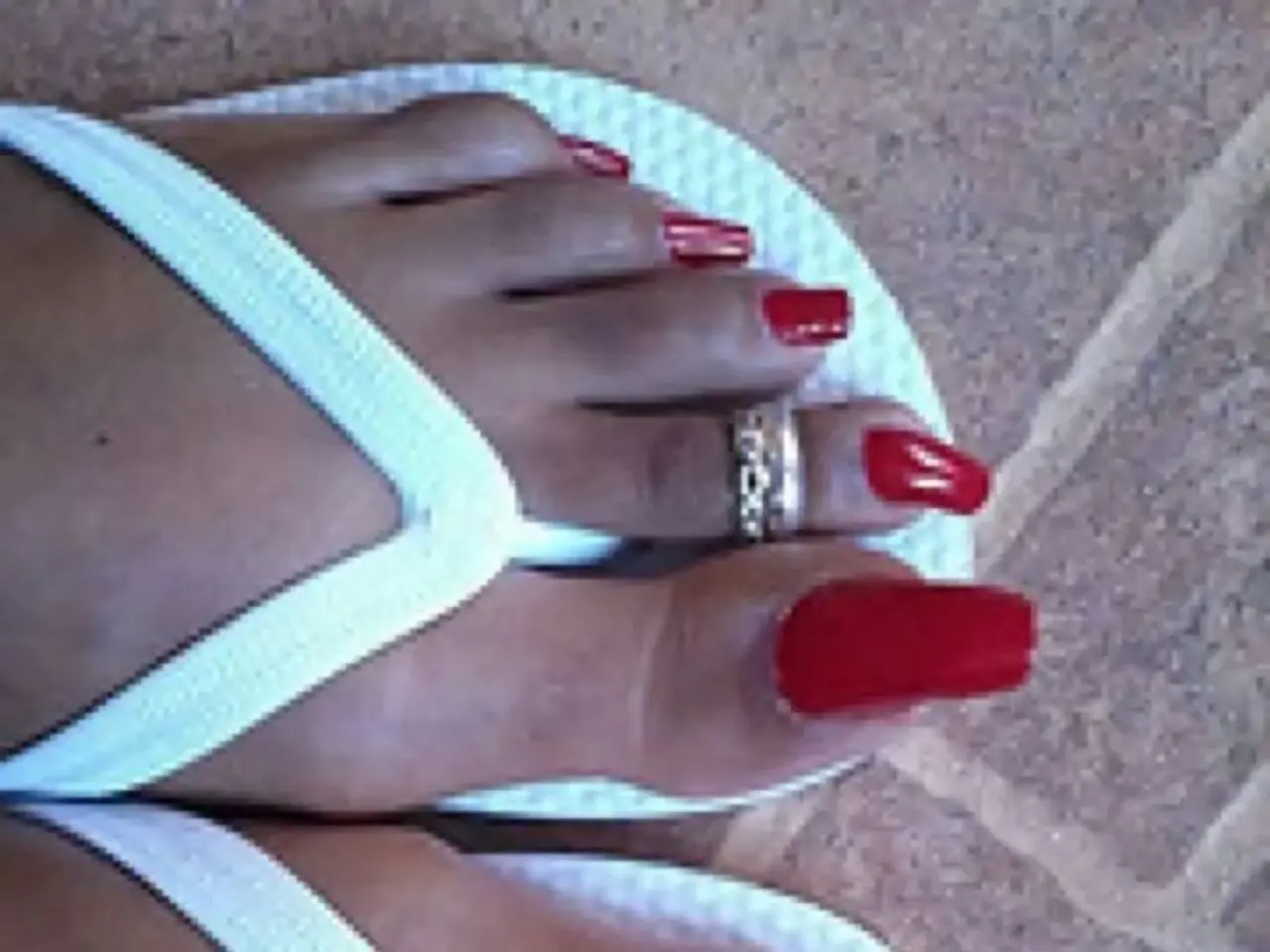Solutions for toe misalignment:
Toe deformities such as Hallux Valgus (Bunions), Schneider's Bunion, Hammertoe, and Claw Toe can be painful and affect mobility. Here's an overview of these common deformities, their causes, symptoms, treatments, and prevention methods.
Hallux Valgus (Bunions)
Hallux Valgus is a common toe deformity where the big toe tilts towards the outer edge of the foot, causing the ball of the foot to stick out prominently on the inside.
Causes
Hallux Valgus is often caused by poorly fitting shoes, genetic factors, and foot structure issues like high arches or flat feet.
Symptoms
Symptoms include painful swelling on the big toe joint, redness, and difficulty walking.
Treatments
Non-surgical treatments include orthotics, padding, and roomier shoes. Surgical options like bunionectomy are considered for severe cases.
Prevention
Wearing shoes with wide toe boxes and using orthotics can help prevent the condition.
Schneider's Bunion (Tailor's Bunion)
Schneider's Bunion, also known as a Tailor's Bunion, is a less common deformity where the little toe tilts towards the inside of the foot, causing the ball of the foot to stick out prominently on the outside.
Causes
Similar to Hallux Valgus, it is caused by poorly fitting shoes and anatomical issues, but it affects the fifth metatarsal bone.
Symptoms
Symptoms include pain and swelling on the outside of the foot near the little toe.
Treatments
Treatments are similar to those for Hallux Valgus, including orthotics and surgery if necessary.
Prevention
Wearing properly fitting shoes and using orthotics can prevent the condition.
Hammertoe
Hammertoe is a deformity of the toes where they are bent. Claw or hammer toes often accompany a Hallux Valgus.
Causes
Poorly fitting shoes, high heels, muscle imbalances, previous injuries, and conditions like arthritis or diabetes can cause hammertoe.
Symptoms
Symptoms include bending of the toe, pain when wearing shoes, corns or calluses, and a feeling of something being "off" while walking.
Treatments
Non-surgical treatments include wider shoes, orthotics, toe splints, and exercises. Surgery may be needed for rigid deformities.
Prevention
Wearing roomier shoes, using orthotics, and maintaining toe flexibility through exercises can help prevent hammertoe.
Claw Toe
Claw toe is a deformity of the toes where all toes are bent, resembling a claw, often accompanied by pain, especially when wearing shoes.
Causes
Claw toe is often caused by muscle imbalances, nerve conditions, and foot structure issues like high arches or flat feet.
Symptoms
Symptoms include all toes being bent and pain, especially when wearing shoes.
Treatments
Similar to hammertoe, non-surgical treatments include orthotics and exercises. Surgery may be required for severe cases.
Prevention
Maintaining good foot mechanics, using orthotics if necessary, and practicing toe exercises can help prevent claw toe.
General Prevention Tips
- Wear Properly Fitting Shoes: Ensure shoes have enough room in the toe box to prevent crowding.
- Use Orthotics: Custom orthotics can help correct foot mechanics and prevent deformities.
- Practice Toe Exercises: Regularly stretching and exercising the toes can improve flexibility and prevent muscle imbalances.
Deformities of the toes can result from long-term squeezing of the toes due to incorrect footwear. High heels can worsen existing toe deformities. If toes are causing discomfort or have developed pressure points, it's recommended to seek medical attention to determine what can be done about the deformities.
- Mental health is vital in maintaining overall health-and-wellness, and therapies-and-treatments like cognitive-behavioral therapy can help manage stress and depression.
- Fitness-and-exercise routines, such as jogging, yoga, or swimming, contribute significantly to skin-care by boosting blood circulation and promoting a more balanced skin complexion.
- Emphasizing nutrition, especially a balanced diet rich in fruits, vegetables, lean proteins, and healthy fats, plays a crucial role in promoting workplace-wellness and overall health-and-wellness.
- Regular check-ups with a dermatologist can help monitor skin conditions, including early signs of skin cancer. Similarly, regular self-examinations can aid in the early detection of any abnormalities, thus improving chances of successful treatments.




